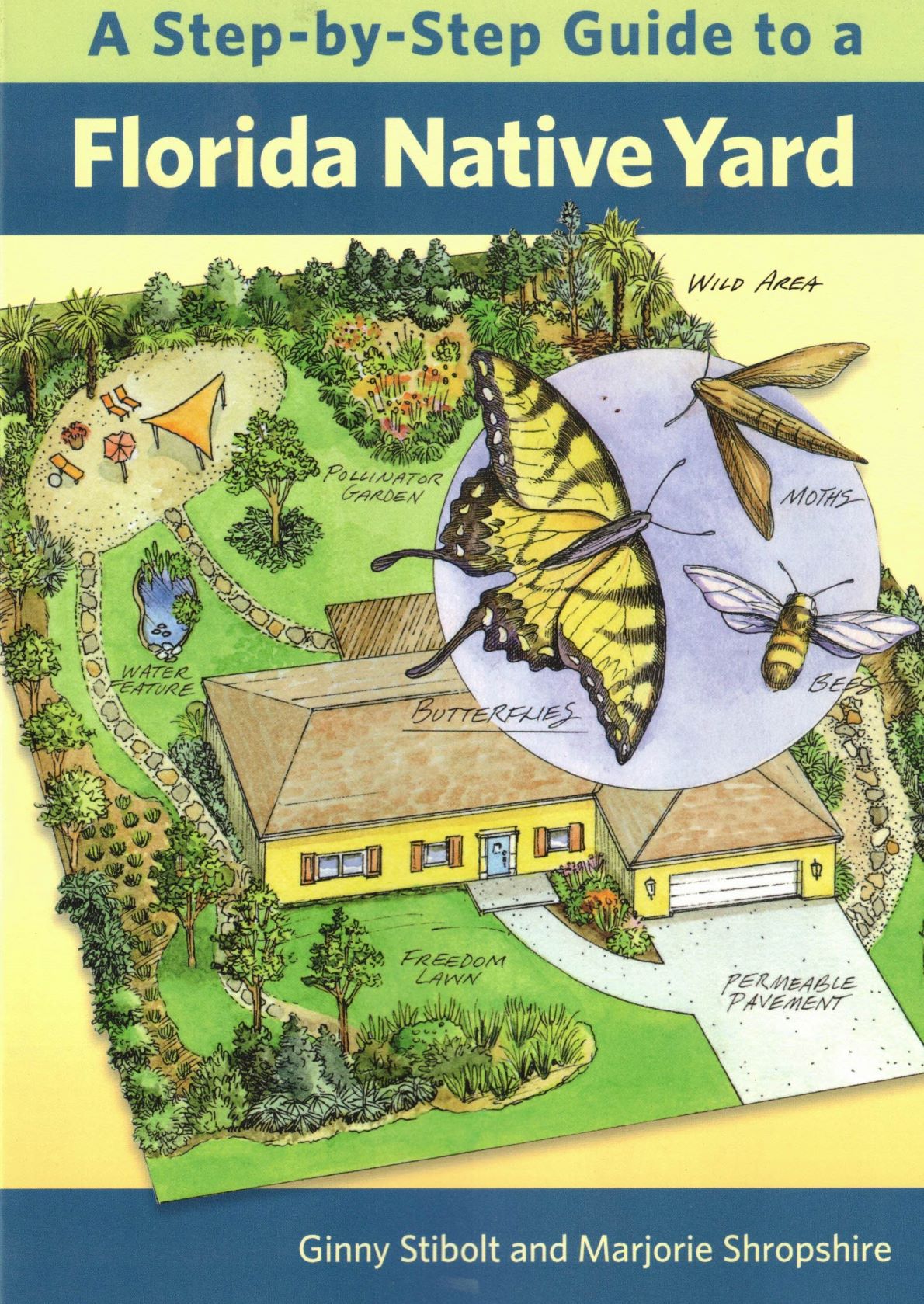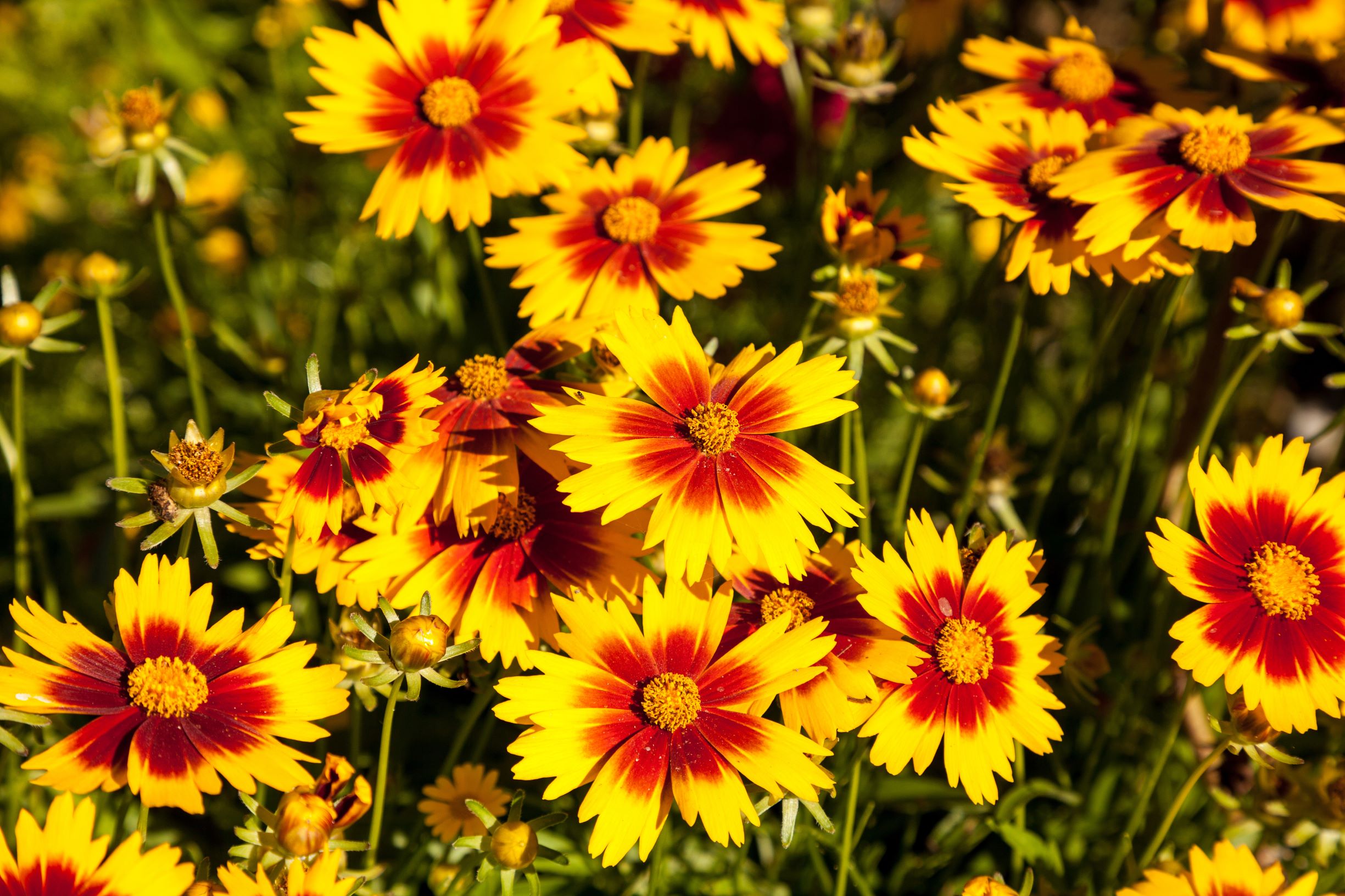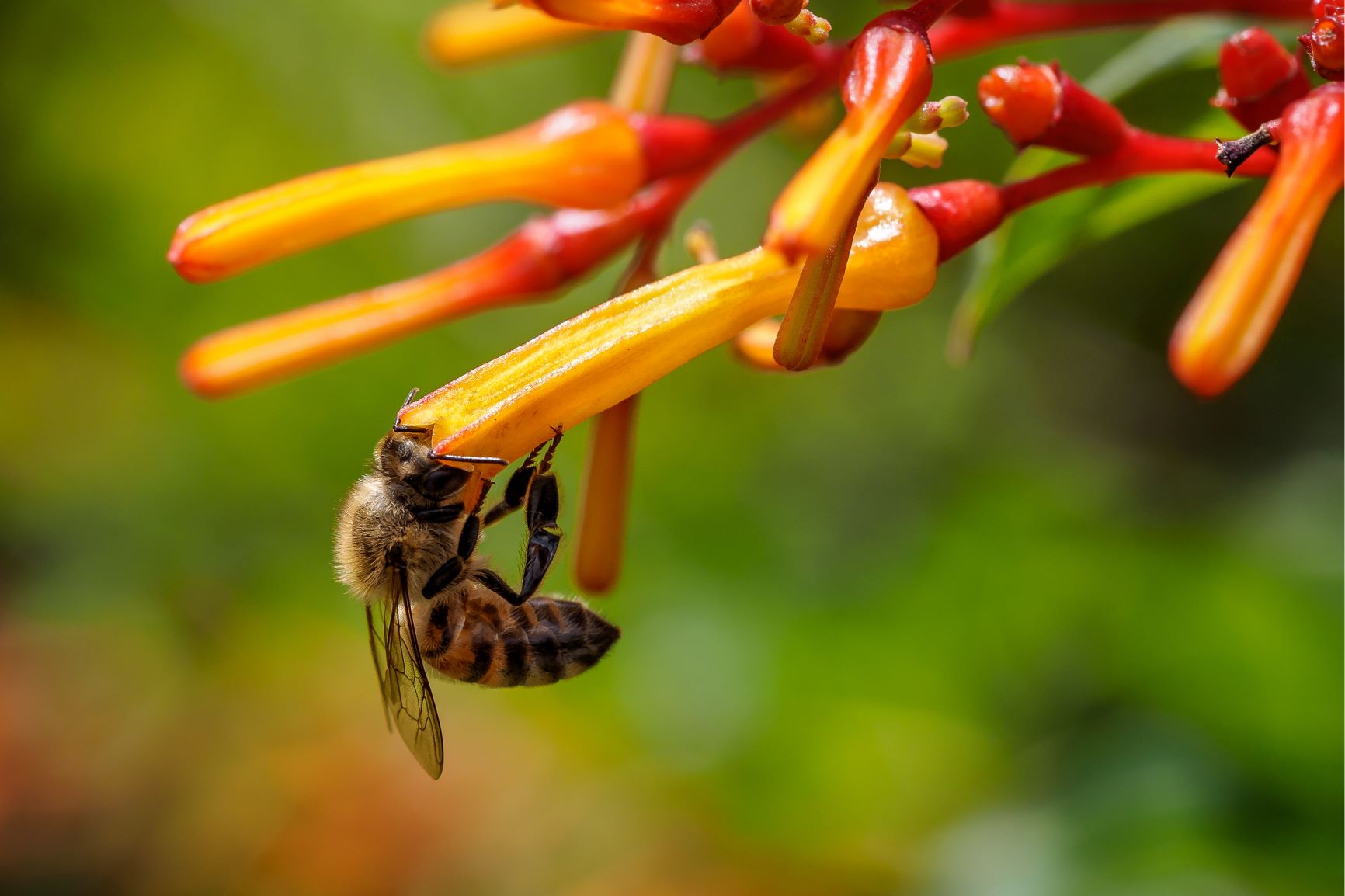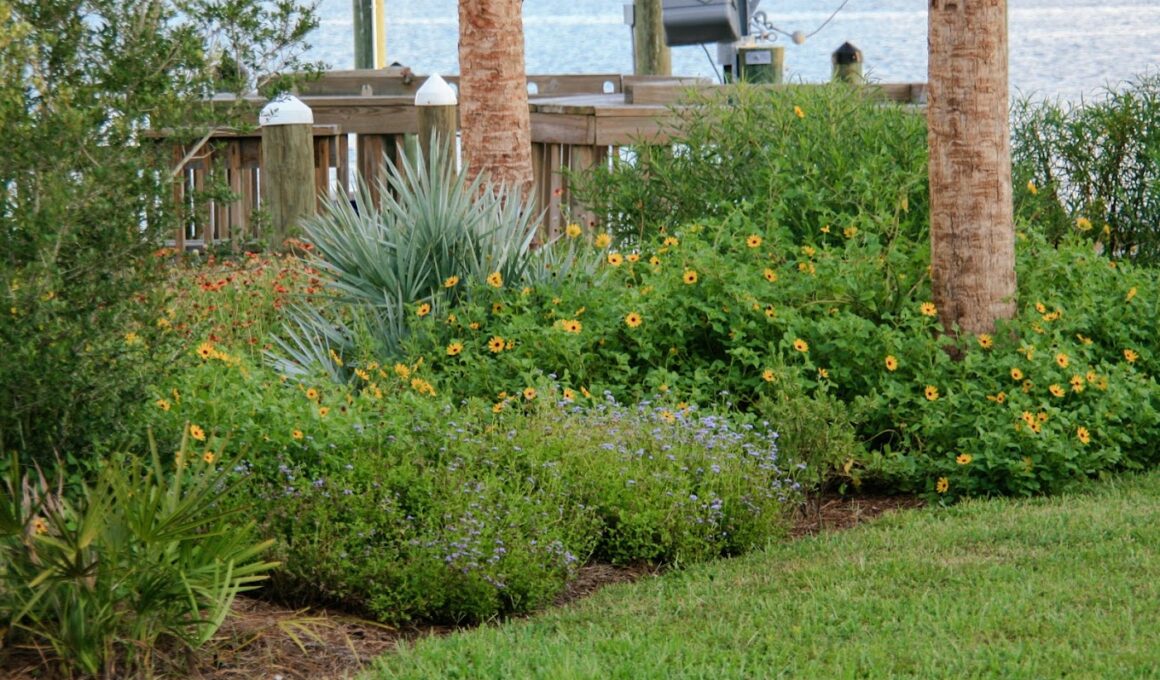 When a Google search for “native plants” returns nearly 700 million links, you know it’s a hot topic. But before Floridians start down that road, you need to know that growing natives in Florida isn’t the same as the rest of the country.
When a Google search for “native plants” returns nearly 700 million links, you know it’s a hot topic. But before Floridians start down that road, you need to know that growing natives in Florida isn’t the same as the rest of the country.
“A Step-by-Step Guide to a Florida Native Yard,” by Ginny Stibolt and Marjorie Shropshire, walks readers through the processes needed to transition from a standard lawn to a living landscape that attracts wildlife, uses less water, fertilizer and pesticides, and reduces energy bills.
By Vicki Parsons
With more than 6,300 square miles of lawn in Florida – the largest acreage crop in the state – even small changes in landscapes can make an enormous difference to wildlife that’s in decline.
For gardeners in neighborhoods where regulations may limit what they can plant, a separate PowerPoint presentation on “Why Native Landscapes are Important” is online highlighting why native plants are a better choice:
- Less expensive than colorful annuals
- Non-toxic
- Less maintenance
- Attracts wildlife including birds and butterflies.

To start, Stibolt suggests developing an assessment of your yard, locating infrastructure like water lines, underground utilities and irrigation systems, then looking at soil types and low spots that hold water. As you create a plan, look for future needs as well, so that you have spaces for retaining stormwater on site, outdoor recreation, privacy borders and low-traffic areas where wildlife can thrive.
A full chapter on drainage and stormwater highlights ways that gardeners can help slow the single-largest source of pollution in Tampa Bay. “Landscapes should act as sponges,” she writes. She recommends that gardeners use multiple methods to capture stormwater before it leaves their property, including rain barrels, rain gardens, swales, dry wells and ponds. Separate sections on each method include detailed directions on how to plan, build and maintain them.
One of the best things about this book is the ability to leap in and plan an entire landscape in one season, or to take steps that expand sections of native plants into lawns. If you’re starting from scratch, plan for trees looking at their size at maturity. For best results, visit nearby parks and preserves so you can see how they look as mature specimens.
If you already have trees, creating an understory of shrubs and low-growing herbaceous plants is an easy first step to transforming your yard into a native landscape. Foundation plants can also be replaced with natives like native blueberries and coontie, interspersed with perennials and self-seeding annuals like native salvia for nearly year-round color.

Well-placed shrubs can also reduce electrical use if they’re planted to shade air-conditioning units or near west- and south-facing walls that get the worst of our summertime heat. And hedgerows composed of multiple species of shrubs provide privacy as well as food and shelter for wildlife.
Another step in creating a fully native landscape is a “Freedom Lawn” that’s mowed and irrigated occasionally but not on the strict schedule that a real lawn requires and no fertilizer or pesticides are used. New plants – whether naturally recruited or from purchased seeds – will fill in as the lawn dies back from lack of water and fertilizer.
While the detailed directions on how to plan a native garden are terrific, “Step-by-Step” isn’t a stand-alone solution to designing a native landscape. You’ll need additional resources, available as books or online tools, to actually pick the plants before you put them in the ground. You can start with local chapters of the Florida Native Plant Society:
Pinellas: www.pinellas.fnpschapters.org
Hillsborough: www.suncoast.fnpschapters.org
Manatee: www.serenoa.fnpschapters.org
Pasco: www.naturecoast.fnpschapters.org
Visiting nurseries that specialize in native plants is another good place to start:
Pinellas, Wilcox Nursery, www.wilcoxnursery.com, which also offers design and installation services.
Manatee: Sweet Bay Nursery, www.sweetbaynursery.com, one of the oldest and largest native nurseries in the state.
Hillsborough: Little Red Wagon Native Nursery, www.littleredwagonnativenursery.com, the first native nursery to open in Tampa.
Some online recommendations include:
www.plantrealflorida.org, the website of the Florida Association of Native Nurseries, which includes information on where to buy native plants locally.
www.floridawildflowers.com, the website of the Florida Wildflowers Growers Cooperative, with growing requirements for many native wildflowers and links to purchase seeds.
https://gardeningsolutions.ifas.ufl.edu/plants/ornamentals/native-plants.html, the University of Florida’s site on native plants with separate links to many of the state’s most popular plants.
https://www.facebook.com/Sustainable-Gardening-for-Florida-116356781286, Stibolt’s Facebook page,
Stibolt doesn’t specifically recommend the Florida-Friendly Landscaping Guide, but I find it a good place to start because it has close-up photos published in an easy-to-understand format that clearly identifies the plants’ growing zone (south, central or north) and water and sun requirements, as well as identifying native plants. It’s available online or you can request a copy from your county extension services or the Southwest Florida Water Management District.
“A Step-by-Step Guide to a Florida Native Yard,” by Ginny Stibolt and Marjorie Shropshire (University Press of Florida, 2018, )
